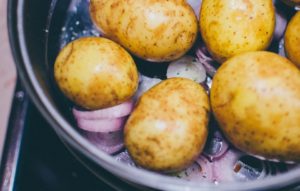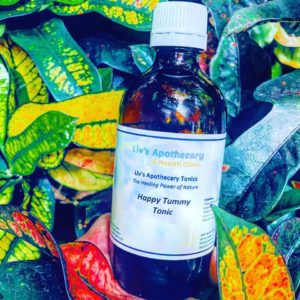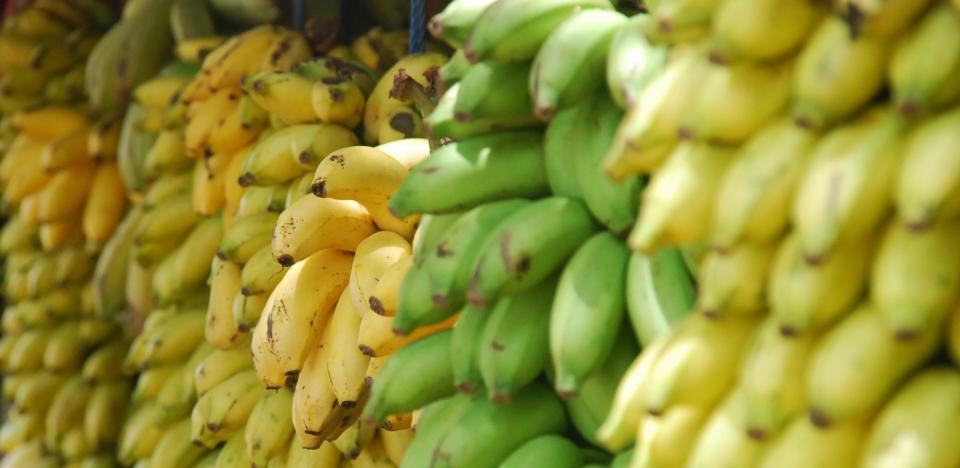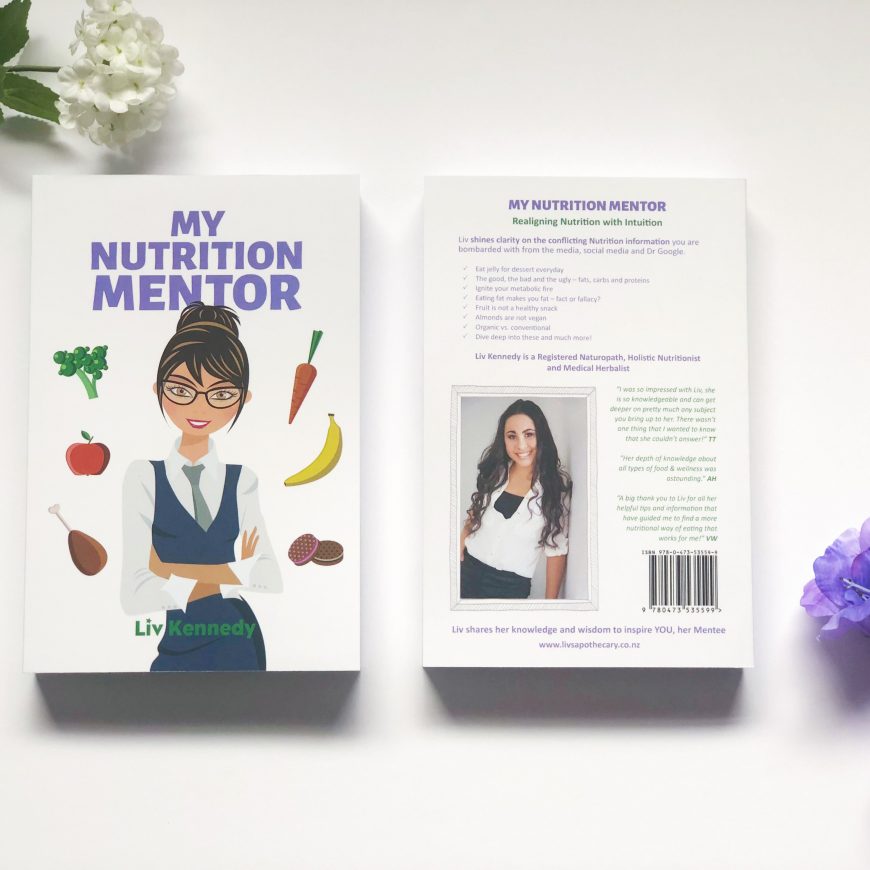Most of us have heard of soluble and insoluble fibre… but what about resistant starch? It’s the third type of fibre. The definition is “the sum of starch and products of starch degradation not absorbed in the small intestine of healthy individuals”.
Benefits:
Essential for diabetics because it improves insulin sensitivity and lowers blood glucose levels. Additionally, it has a ‘second-meal effect’ so it lowers the insulin spike at the next meal too.
Helpful for weight loss because it reduces appetite. Resistant starch is a food for our gut bacteria. When beneficial bacteria eat fibre they produce butyrate which is a short-term fatty acid that promotes fat burning.
Beneficial for the large intestine because it lowers inflammation, which is present in Crohn’s Disease and Ulcerative Colitis (Inflammatory Bowel Disease). Its other therapeutic effects on the large intestine may improve constipation, diarrhoea, diverticulitis and other digestive disorders. It may also reduce the risk of colon cancer.
Enhances magnesium absorption, probably because it improves gut function and integrity. Therefore, it reduces leaky gut, which then increases nutrients (vitamins and minerals) absorption and functioning of the entire body.
Improves sleep by either increasing GABA (gamma-aminobutyric acid) production through increased butyrate production, or feeds serotonin-producing gut bacteria, and serotonin converts into melatonin upon darkness. Melatonin is the ‘sleep’ hormone and serotonin is the ‘happy’ hormone – most of which is situated in the gut. Have you ever wondered why what you eat impacts on your moods so greatly?
Mechanism:
Resistant starch travels through the stomach and small intestine undigested. When it reaches the large intestine it feeds the beneficial bacteria to keep them alive – which is imperative for optimal health.
Foods with resistant starch:
Green bananas (resistant starch turns into sugar as bananas ripen so when they are brown they contain the largest amount of sugar), cooked and cooled potatoes/root vegetables (e.g. potato salad), cooked and cooled rice (e.g. sushi), other cooked and cooled grains/legumes.
Green bananas have an astringent (drying) quality, which may be unpleasant on their own, so I suggest that you use them in a smoothie which is less drying and more moistening.

Check out my Happy Tummy Tonic and Top Tips for Good Digestion Blog.





